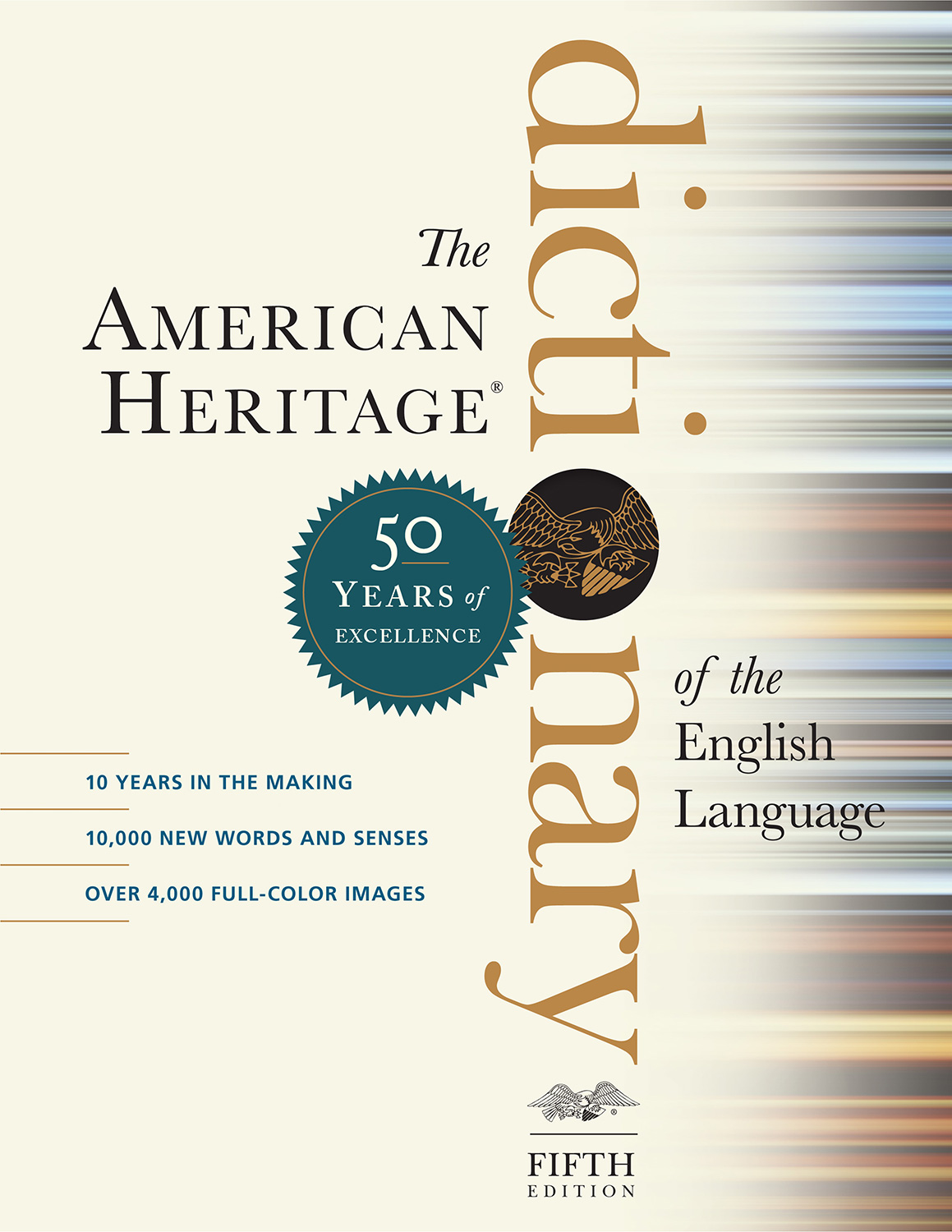n. pl. co·ro·nas or co·ro·nae (-nē) 1. Astronomy a. A faintly colored luminous ring or halo appearing to surround a celestial body when viewed through a haze or thin cloud, especially such a ring around the moon or sun, caused by scattering or diffraction of light from suspended particulate matter in the intervening medium. Also called aureole. b. The luminous irregular envelope of extremely hot and highly ionized gas located outside the chromosphere of the sun. 2. Architecture An overhanging part near the top of a classical cornice, having a flat outer face. 3. A cigar with a long tapering body and blunt ends. 4. Anatomy The crownlike upper portion of a bodily part or structure, such as the top of the head. 5. Botany A crown-shaped, funnel-shaped, or trumpet-shaped outgrowth or appendage of the perianth of certain flowers, such as a daffodil. Also called crown. 6. Electricity A faint glow enveloping the high-field electrode in a corona discharge, often accompanied by streamers directed toward the low-field electrode. [Latin corōna; see CROWN.] |
The American Heritage® Dictionary of the English Language, Fifth Edition copyright ©2022 by HarperCollins Publishers. All rights reserved.







